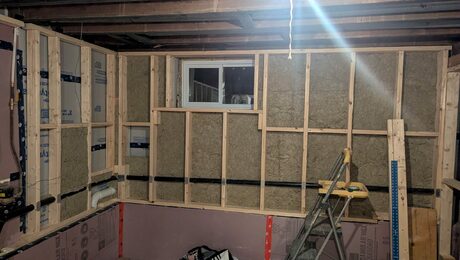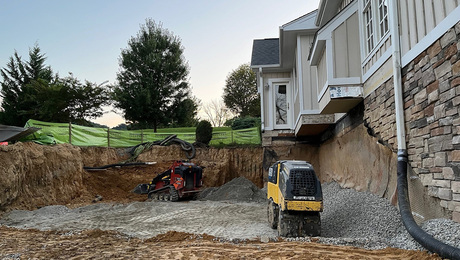Podcast 589: Metal-Roof Upgrade, Attic Conversions, and Construction Trade Shows
Power-tool batteries, curbside disposal, drop ceilings, switching from shingles to metal roofing, attic living space, and favorite construction trade shows
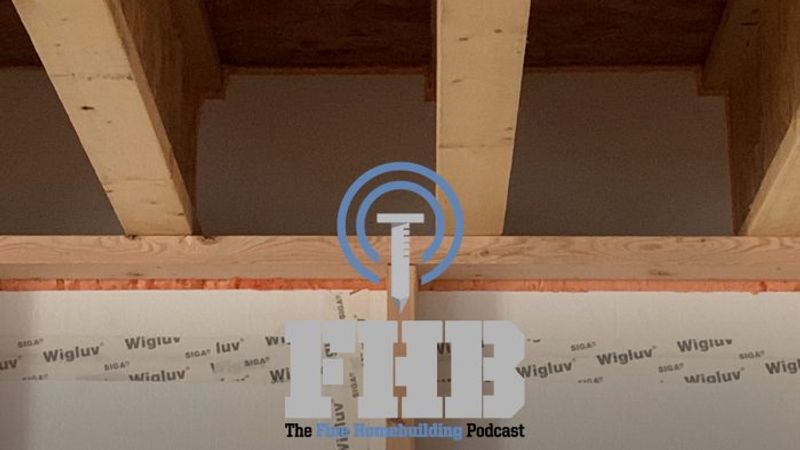
Follow the Fine Homebuilding Podcast on your favorite app. Subscribe now and don’t miss an episode:
 |
Help us make better episodes and enter for a chance to win an FHB Podcast T-shirt:
www.finehomebuilding.com/podcastsurvey
Dan Kolbert shares his thoughts on cordless power tools and batteries. Jeff suggests curbside pickup. Chris shows us a good-looking drop ceiling. Bill is contemplating a roof and insulation upgrade. Evan is considering an attic-to-living-space conversion. Felix asks about pocket screws for framing. Wade wants to know which construction trade shows he should visit.
Editor Updates:
- Brian’s house: Is it done? What’s it like living there? Net zero, right?
- Mike’s truck maintenance
- Jeff’s deck update
- Patrick’s duct work with a Malco 18 in. Folding Tool
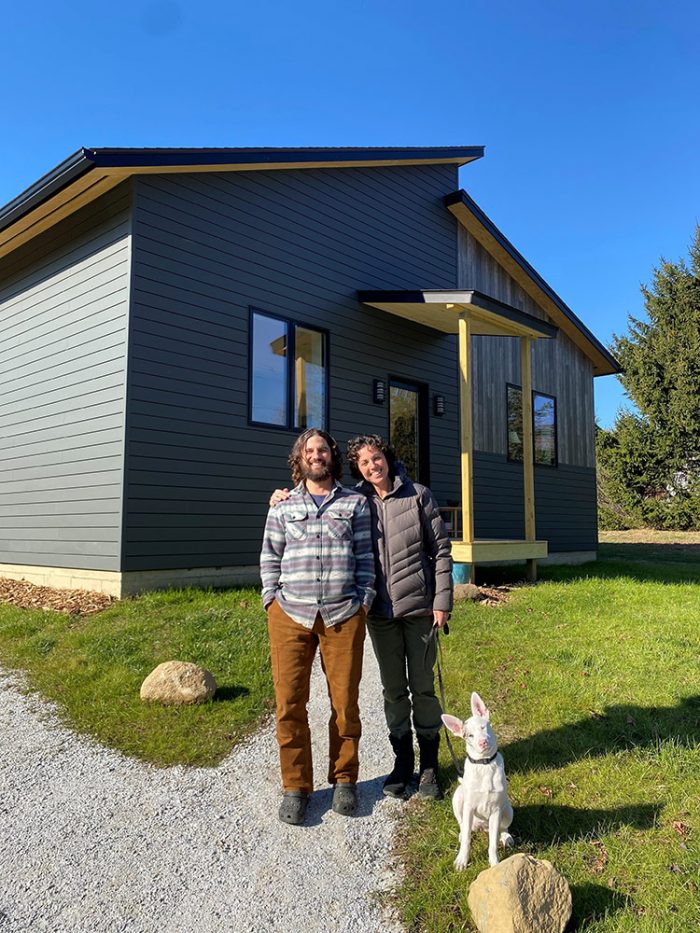 |
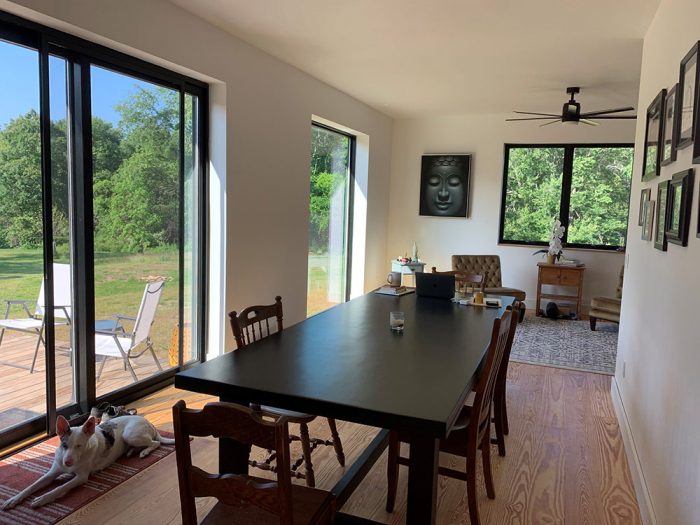 |
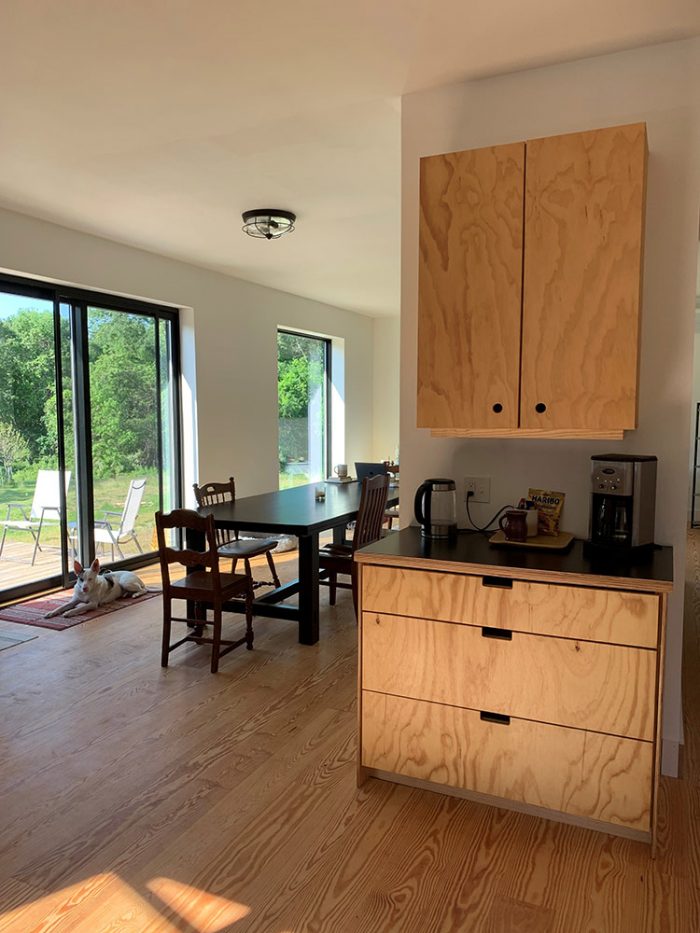 |
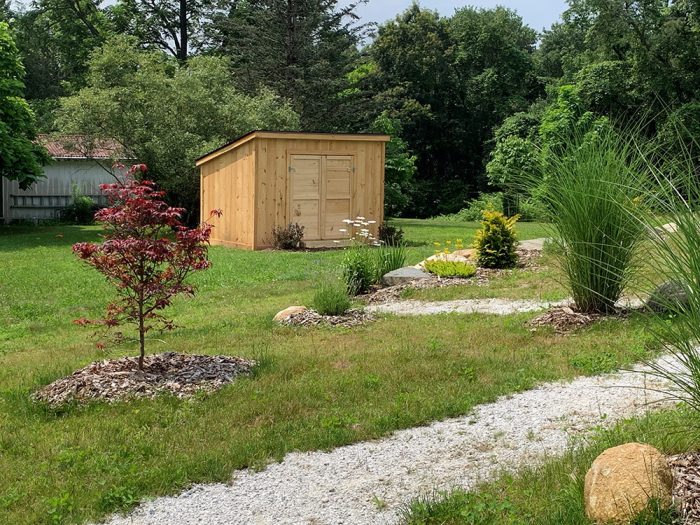 |
 |
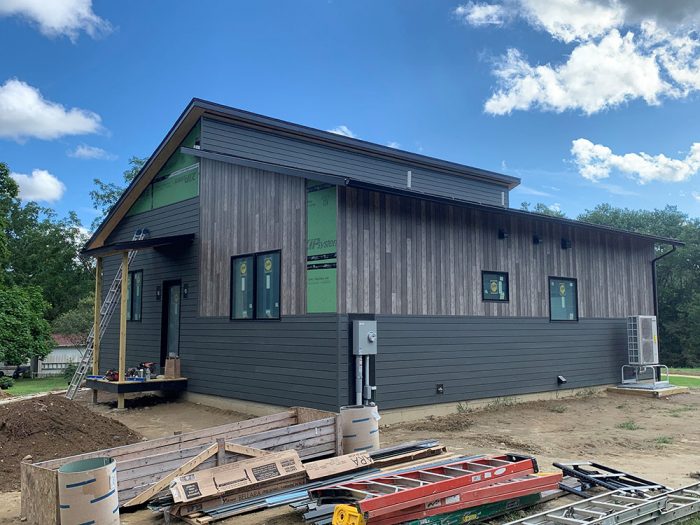 |
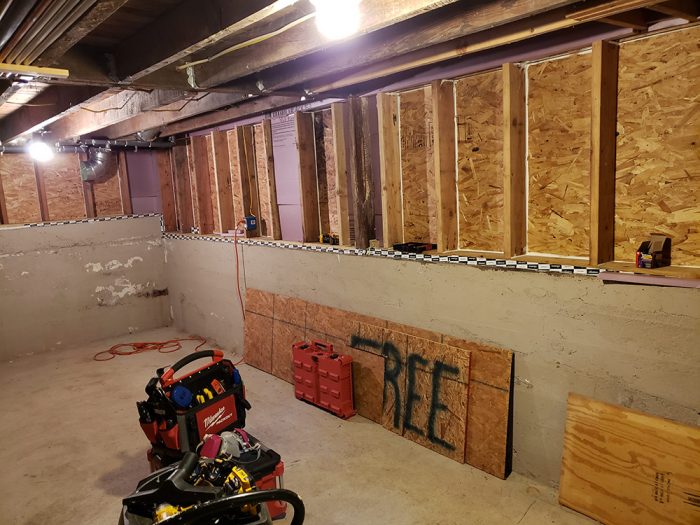 |
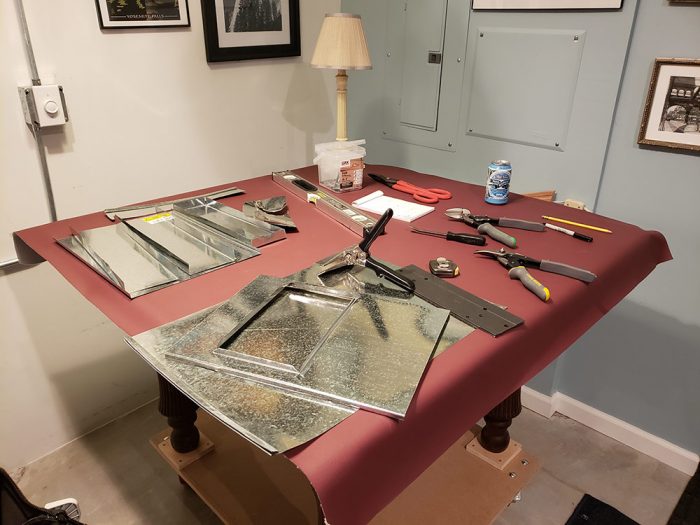 |
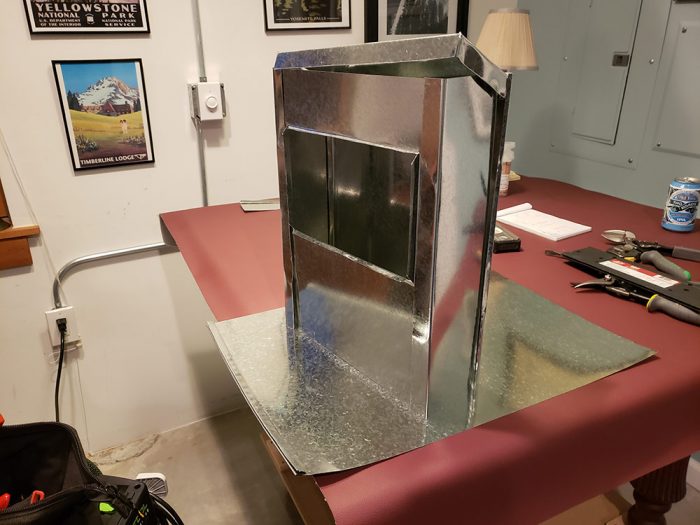 |
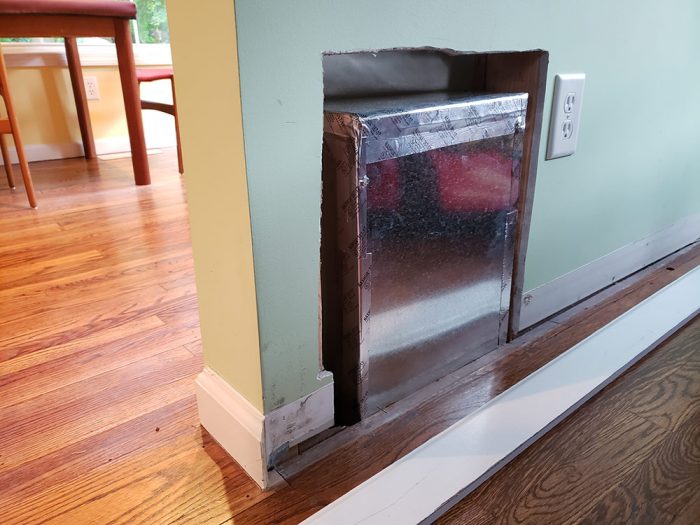 |
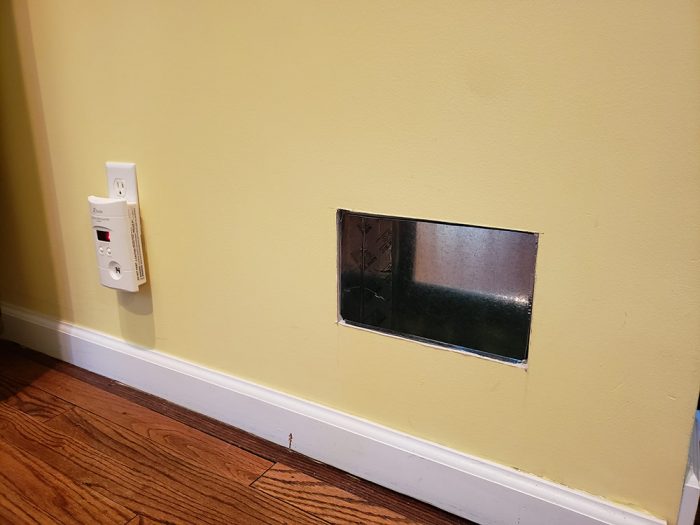 |
Listener Feedback 1:
Dan Kolbert writes: Hey gang, listening to podcast 575 and wanted to weigh in on the battery question.
First off, I, too, was a proud owner of the old Makita 9.6 stick battery with keyed chuck. Boy were they incredible. I don’t know if I’ve been as excited by any tool since then. I’ve watched the improvement in battery and power since then. I remember the first time I drove a tap con with an old Bosch 12v driver.
As with every contractor or carpenter, I eventually had to face the “which platform to choose” question. I have always considered Makita to be the best cordless toolmaker, but there are plenty of other choices out there and plenty of specialty tools. I finally realized it was just dumb to limit myself to one platform. I feel like cordless tools have become the inkjet printers of the 21st century. The manufacturers make the tools relatively cheap, and make their money on the very expensive batteries. So, if you need a lot of batteries anyway, the only difference is how many chargers you need.
It was a liberating realization, and I now run Makita, Milwaukee M18 and M12, and Metabo. I would add more to the mix if I felt it was needed. We’ve got a tool trailer with all the needed chargers fixed to a top, and another set in our shops. It’s occasionally a pain in the ass, but the trouble is far outweighed by having the tools we want rather than being limited by what a single manufacturer offers.
I also am the proud owner of not one, but two Porta planes. I don’t use them much, but what a pleasure when I do. Sign me up for the tool geezer club.
Dan Kolbert, Kolbert Building
Related Links:
- Why Won’t Power Tool Brands Standardize Their Battery Packs?
- A Look Inside Cordless Tool Batteries
- Don’t Lose Your Battery and Charger on a Job
Listener Feedback 2:
Jeff in Brevard, NC, writes: Hey Podcast Crew,
Hearing Mike’s story on Podcast 577 about putting tools out on the curb for someone to pick up (and potentially sell on Facebook Marketplace) reminded me of the story about someone who moved from a neighborhood where that was done regularly—and people just understood “if it is on the curb, it is available for taking”—to a neighborhood where they found out that was not the norm. A decent couch they put out by the curb stayed there for a week with no takers. Then they put a sign on it that said $50 and woke up the next day and someone had “stolen it.”
It just shows you there are creative ways to accomplish the same thing if you think beyond “that’s the way we’ve always done it.”
Thanks for sharing your stories and knowledge each week and all the good work that FHB & GBA has done over the years. Hopefully, I am not the only All Access Member who isn’t in the trades, but listening to your podcasts and reading the magazines and books has given me a greater appreciation for the skills of those who are and provided lots of things to consider for the design and construction of our “Pretty Good (Retirement) House.”
Cheers, Jeff
Listener Feedback 3:
Chris writes: Hi podcast crew,
I was listening to episode #483 when you talked about drop ceilings. I couldn’t agree more that the standard drop ceiling is a depressing finish to live with despite the convenience. My dad found a great product when finishing his basement. It’s an actually good-looking drop ceiling! It’s made from thermo-formed panels and meant for commercial applications below sprinklers, since the panels shrink and drop out when heated so the sprinklers are still effective. Not a relevant feature for most basements, but the finish is sharp looking, easy to install, and still provides easy access to any utilities above.
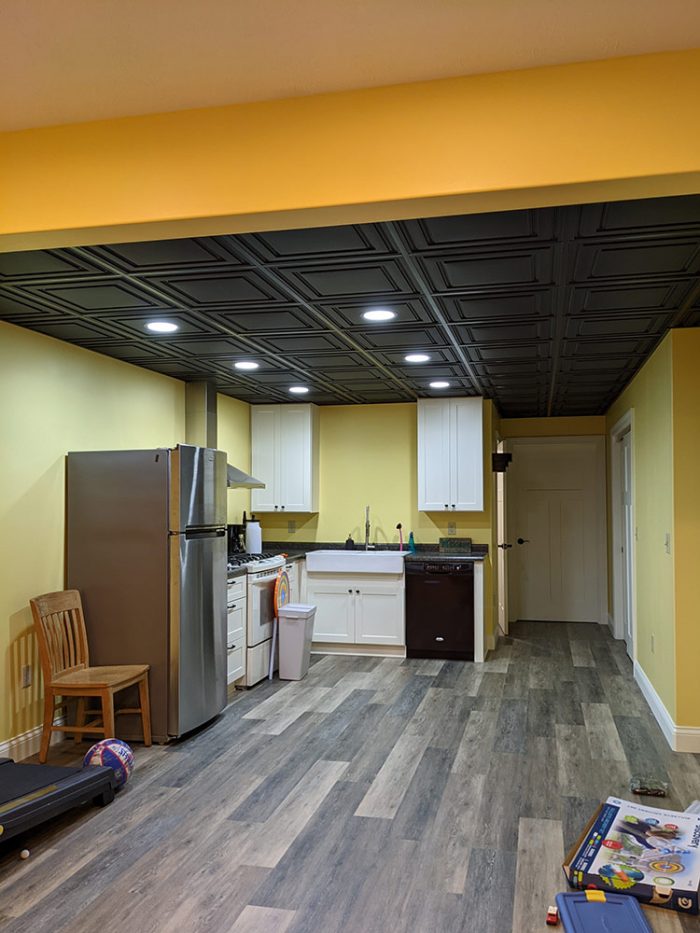 |
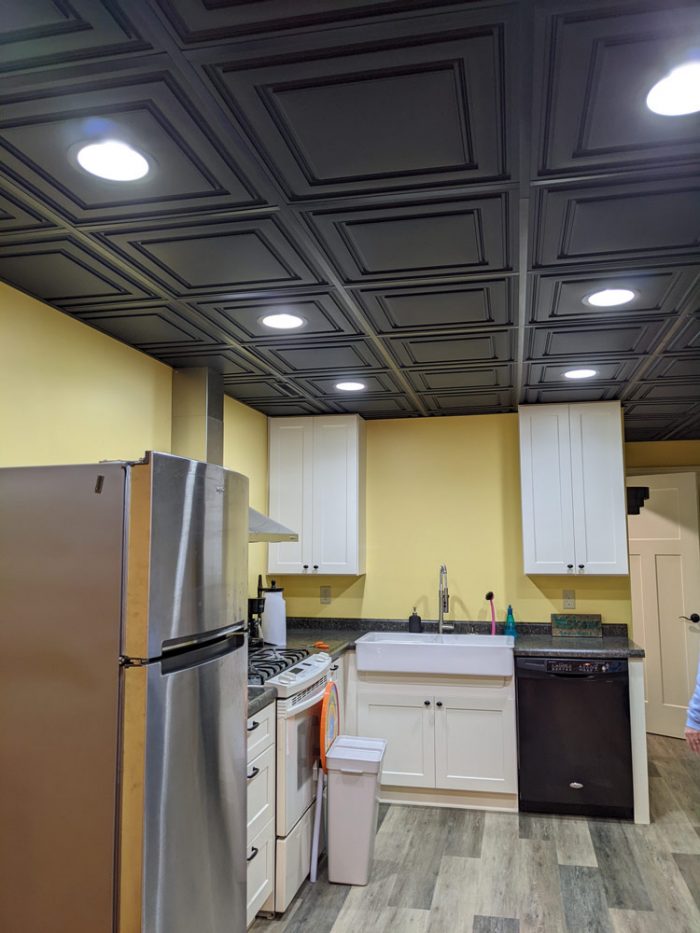 |
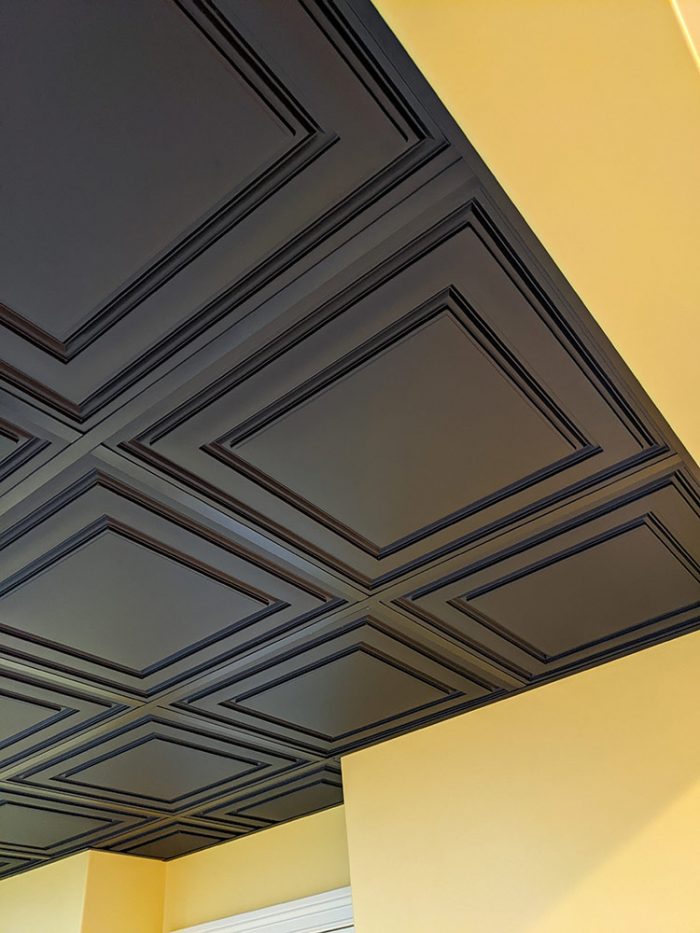 |
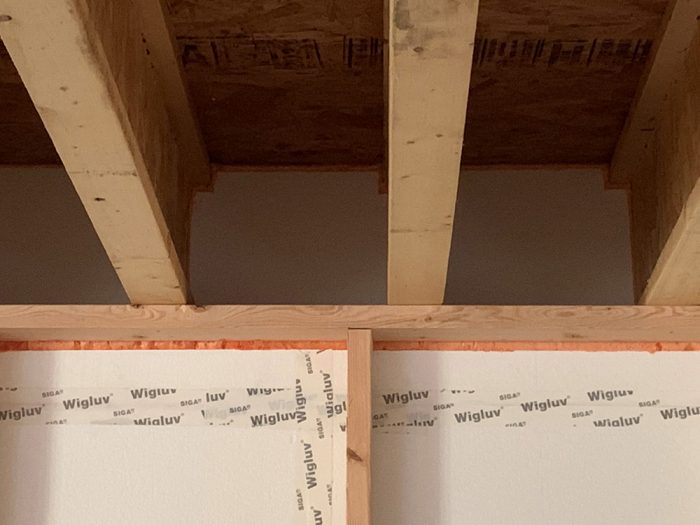 |
 |
Related Links:
Question 1: I’m converting to a standing-seam metal roof. What’s my best bet for sheathing, venting, and insulation?
Bill writes: Hello FHB Podcast Team,
Bill here from Sammamish, WA, on the east side of Seattle. I’ve been listening to the podcast since early-pandemic days on the recommendation of a good friend. It was a great recommendation, and I really appreciate the work you do!
I’m working on a re-roofing project, changing over my roof from a composition shingle roof (which the 2008 era flip “artists” managed to blow many of the nails straight through the shingles on) over to a standing-seam metal roof. I have a couple questions I’d love some feedback on:
- I’m planning to re-sheathe most of the aforementioned section with the “holy” shingles. There are many flaws in the original roof, but I noticed that the plywood on the original house sheathing (~50 years old) stood up much better than the OSB on the extension built in 2008. Based on this, I’m thinking to use plywood rather than OSB on the re-sheathing effort. Thoughts?
- I’ve got a section of cathedral ceiling with 2×6 rafters that has ventilation which appears entirely ineffective. I’m thinking to solve this by adding these (Raft-R-Mate) baffles on top of the insulation before re-installing the rotted sheathing mentioned in #1.
I’m concerned that because they’re made from XPS they’ll block moist air from below from being vented by the air channel created. I see in the product data sheet that the manufacturer recommends 2-in. gaps between ends of each sequential sheet, but this seems pretty small so I was thinking about perforating the baffles. What do you think? Originally, I was going to convert this section to unvented and install polyiso on the outside of the sheathing, but after seeing that the cost of adding the polyiso was more than it costs to heat the entire house for 10+ years, I decided it wasn’t worth the cost. Thankfully Seattle doesn’t get very cold.
- I am considering extending the rafters off the 2008 extension portion of the roof from 1 ft. (current) to 2-3 ft. to match the overhangs on the original 1970 portion of the house. This will give us some additional shade on our deck and helps with the umbrella concept praised highly in previous episodes. What is the best way to extend rafters? I’m planning to box them in cedar afterward to give a “beam” effect, so looks aren’t critical. Do you think it’s worth extending the rafters, or am I chasing tiny gains?
- Do you think it adds value to tape the seams of the sheathing in addition to using Sharkskin Ultra SA underlayment over the whole roof, or do you think the underlayment is sufficient on its own? (Metal roof manufacturers pretty much universally recommend having a synthetic underlayment over the whole roof, so I’m considering that a given here; SA is self-adhering because I don’t like poking lots of holes in the barrier.) I’m looking at 3M Flashing Tape 8067 based on the backyard tape test article from a number of years back in FHB.
- I’m planning to use 8D galvanized nails to affix the new sheathing to the rafters. Any thoughts on using smooth shank vs. ring shank? I was thinking smooth is likely adequate, but given that I’m very much hoping for the roof to last 50+ years, the cost difference for ring shank almost seems worth it.
- Extra credit “stretch” question: I’m hoping to plumb all of my plumbing vents together so that I can reduce my through-roof penetrations to one (using air-admittance valves where it’s not possible to link the vents, and not counting the ridge vent as a penetration even though it’s what’s allowing me to get rid of my least favourite ventilation mushrooms). Any concerns or guidance here? I understand that the new vent will be relatively large based on the code requirements.
Thanks in advance for your thoughts. I understand this is likely WAY too long to fit in the podcast but figured there were likely others out there with similar questions. I’m probably overthinking this, but I’m an engineer so that’s my job, right? I’d really like the stuff under the standing seam to last at least as long as the metal, and with the savings of doing the work myself, I have some budget to do it right.
Thanks!
Bill
Related Links:
- Snap-Lock Standing-Seam Metal Roof Installation
- Installing Standing-Seam Roofing and Cladding
- Choosing Standing-Seam Metal for Roof and Wall Cladding
Question 2: How do I do an attic conversion on a budget?
Evan Bache-Wiig writes: Happy Fourth of July!
My mother has moved in with us, and it has gotten my wife and I thinking about our desire for a larger house. The market in our area is very expensive, and we don’t see ourselves being able to afford a larger house anytime soon. So we have been tossing around the idea of converting our vented attic space into a small bedroom/office.
I looked at a couple of articles in the Fine Homebuilding archive, which were helpful, but there wasn’t a whole lot of detail. What recommendations do y’all have in determining whether or not the space can be converted?
The space is over 7 ft. high at the ridge; it’s roughly a 16-ft. x 8-ft. space with dimensional 2×6 floor joists and roof rafters framed 24 in. on center. There is a shared wall with the townhouse next to us on one end of the 8-ft. side, and the attic air handler is on the other end of the space. (We could be rehang the handler to create more space, but rehanging both systems and redoing ductwork would be very expensive I assume.)
There’s a structural engineer in my church group who is going to look over the structural elements of the attic and determine if any additional load considerations need to be considered. There isn’t existing plumbing nearby in the living space below, so for the sake of simplicity, I was considering running electrical but no plumbing.
In a recent episode, Mike and Mark mentioned future-proofing converted spaces as best you can, but I think on a retrofit that would add a considerable cost and additional demo inside of the living space.
I’m in climate zone 3A in Dallas, Texas. There is an HOA, so I need to check with them about converting this and pull appropriate permits (of which I know nothing about), so all advice is welcome!
So thankful to have you all as a resource! Thanks for all you do.
Evan Bache-Wiig
Related Links:
- GBA.com: Pondering an Attic Conversion in New York
- Redesigning a Cramped Attic Space
- Basement and Attic Remodel Checklist
Question 3: Can I use pocket screws for my interior framing?
Felix writes: Hello FHB Podcast,
I own a 1942 single-story duplex and am doing a gut remodel. While doing the demo, I was dismayed at the wasted materials, especially when it came to framing lumber. It seems the common wisdom when demoing interior framing is to cut it with a Sawzall, or smash out one end with a sledgehammer. While both are satisfying, the material is damaged and can’t be reused unless several inches are removed from one or both ends.
My question is:
Would it be possible to use pocket screws to build the interior framing? The home has a new gable roof with trusses, so none of the interior walls are load-bearing. I am also aware that as a DIY remodeler, I may need to do things a second or third time, so the flexibility of using screws is appealing. Or do you have another option? I am open to suggestions.
On a side note: What are some of the items you have found in the walls while remodeling?
On this project, I found a section of drywall where the builders had written their names. I’m still wondering how someone gets a nickname of “Big Elbow.” I set the section aside to be framed for my office one day.
Thank you so much for your podcast. It’s brought me a wealth of knowledge and enjoyment.
Keep up the good work,
Felix
Related Links:
Question 4: What are some good construction trade shows to attend?
Wade writes: I’m wondering what residential construction trade shows you guys would recommend that are open to the public. I’m not going to be able to make IBS work, and I’m wondering what other good options might be. Love the podcast. Thanks.
Related Links:
END NOTE:
Podcast 589: Members-only Aftershow — Advanced Framing
Mike, Mark, and Patrick talk about methods to install subfloors over slabs, potential problems, and what to do if you need to insulate the floor too.
 This episode of The Fine Homebuilding Podcast is brought to you by MARVIN
This episode of The Fine Homebuilding Podcast is brought to you by MARVIN
When it comes to performance and lead times, trust is everything. Marvin gets that. Now their Marvin Elevate® and EssentialTM collections have significantly lower lead times. You know these windows and doors for their beautiful designs, durable Ultrex fiberglass, on-trend styles and colorways—well, now you can have them delivered for your project in less time to help keep your timeline intact. Speaking of trust, Marvin’s shipping complete and delivered as promised more than 90% of the time across all products and options. So, when you want the right performance, right on time, know Marvin delivers.
Check out one of our latest Project Guides: Energy Retrofit!
Check out our FHB Houses:
Visit the Taunton Store • Magazine Index • Online Archive • Our First Issues • All Access
Help us make better episodes and enter for a chance to win an FHB Podcast T-shirt: www.finehomebuilding.com/podcastsurvey

If you have any questions you would like us to dig into for a future show, shoot an email our way: [email protected].
If we use your question we’ll send you a FHB Podcast sticker!
FHB Podcast T-shirts!
Represent your favorite podcast! Available in several styles and colors. Made from 100% cotton. Find the Podcast t-shirt and more cool products in the Fine Homebuilding Store.
| Fine Homebuilding podcast listeners can now get 20% off anything in the Taunton store, including Pretty Good House.
Use the discount code FHBPODCAST to take advantage of this special offer. |
 |
“Finally, knowledgeable people talking about building reasonably-sized, high-performance houses for normal people with real budgets!” — DanD, VA, 8/19/22, Amazon.com review |
We hope you will take advantage of a great offer for our podcast listeners: A special 20% off the discounted rate to subscribe to the Fine Homebuilding print magazine. That link goes to finehomebuilding.com/podoffer.
The show is driven by our listeners, so please subscribe and rate us on iTunes or Google Play, and if you have any questions you would like us to dig into for a future show, shoot an email our way: [email protected]. Also, be sure to follow Fine Homebuilding on Instagram, and “like” us on Facebook. Note that you can watch the show above, or on YouTube at the Fine Homebuilding YouTube Channel.
The Fine Homebuilding Podcast embodies Fine Homebuilding magazine’s commitment to the preservation of craftsmanship and the advancement of home performance in residential construction. The show is an informal but vigorous conversation about the techniques and principles that allow listeners to master their design and building challenges.
Other related links
-
- All FHB podcast show notes: FineHomebuilding.com/podcast.
- #KeepCraftAlive T-shirts and hats support scholarships for building trades students. So order some gear at KeepCraftAlive.org.
- The direct link to the online store is here.






